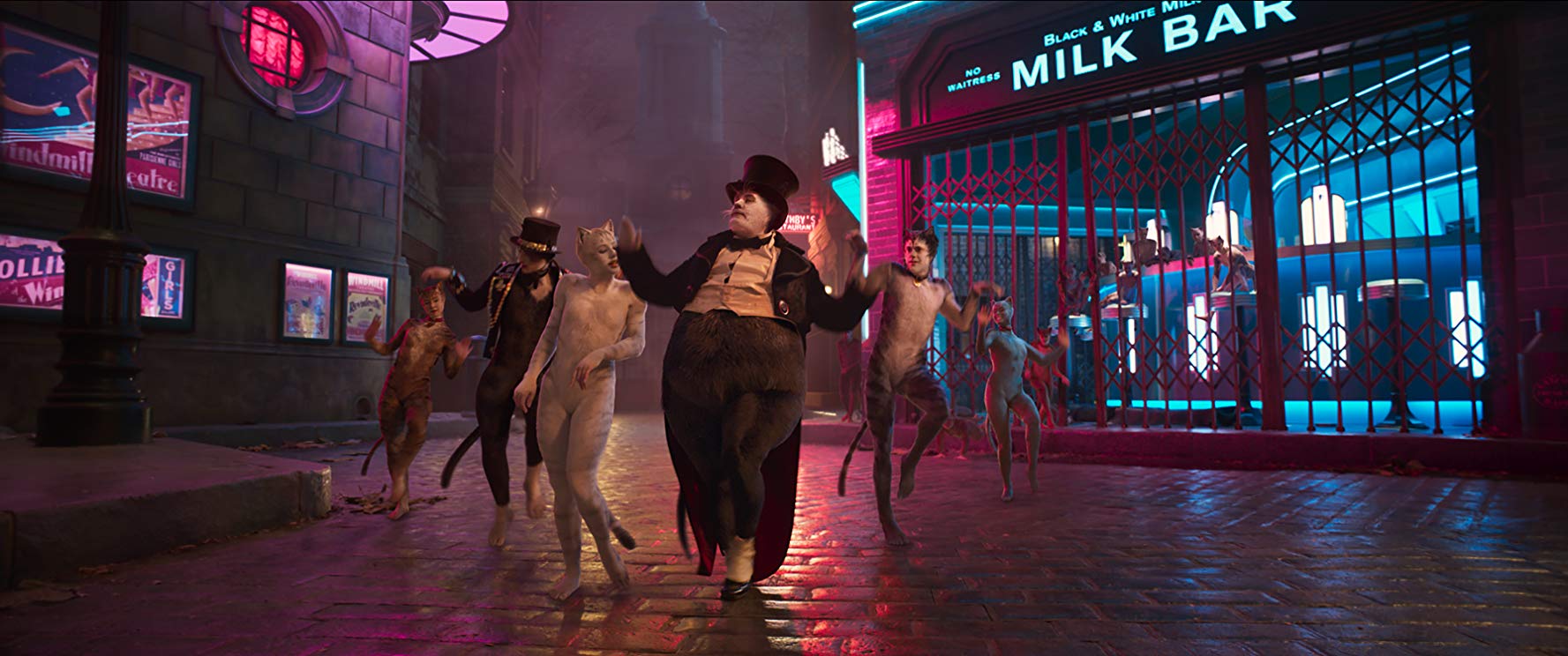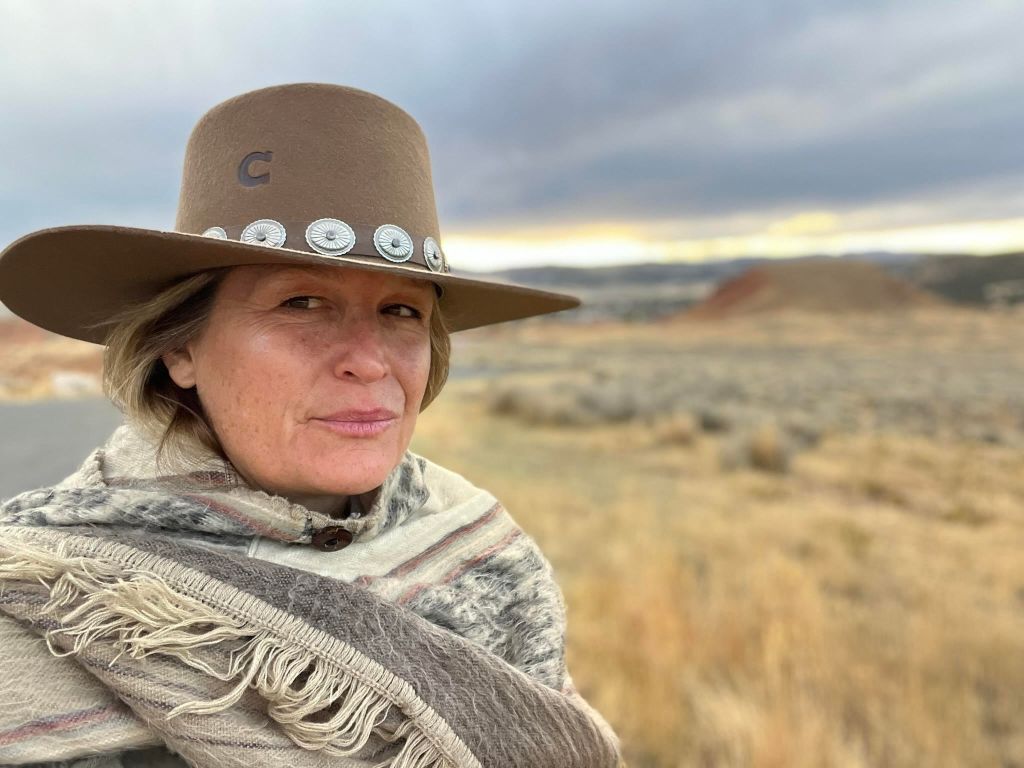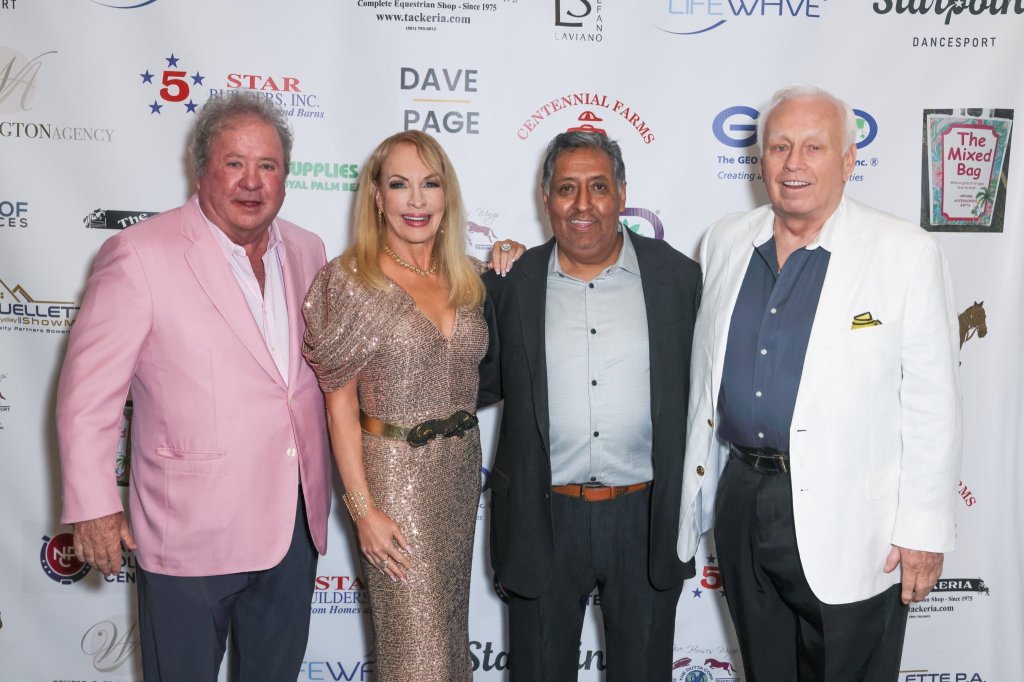‘Cats’ Atrophy

I’ve always been allergic to “Cats” — I can’t get near that musical without having a bad reaction. I first learned this at age five, when my family took me to see it on Broadway. The cats took the stage, and I promptly fell asleep. At one point, my eyelids parted enough to glimpse an old cat singing about how old she was, and I forced myself right back to sleep.
I regret nothing.
Suffice to say, seeing the new movie version of “Cats” — which I’d assumed would be a kind of amalgamation of those grating NBC live musicals, peppered with lots of uncomfortable “Les Mis”-style close-ups, and a few hairballs — was about as high on my to-do list as eating a live porcupine. But when word hit the streets that cinemas were being asked to replace the newly-released film with a “new edit” that had “some improved visual effects” (something that has never happened in the history of ever), I knew we weren’t just talking about your average flop. This was something historic.
I was already privy to the scorching reviews, sardonic tweets, and highly unsettling trailer, but nothing had prepared me for the cacophonous explosion of total insanity I witnessed on that screen. And remember, I saw the “improved” version.
In the likely event that it will only be available on cheap flights to nefarious places by the time this is published, I think it’s important that I tell you all about this movie.
FADE IN:
Victoria, a little white house-kitten, has just been abandoned in a junkyard full of “Jellicle Cats”; furry, meerkat-adjacent creatures with the faces of Hollywood celebrities, eyes that glow neon, monkey tails, and robot ears; truly the stuff of nightmares.
Well, Victoria sure picked the right night to be tossed out with the trash, because this is the night of the “Jellicle Ball,” an annual party where one lucky cat gets publicly euthanized!
Now to be fair, the “plot” of the movie isn’t much of a divergence from the source material — Andrew Lloyd Webber’s operetta about cats, based on T.S. Eliot’s poems about cats, featuring cats singing about cats — and if I tried to unpack everything that’s cuckoo about the musical itself, this article would never end; I’ll try to stick to the ways in which the movie miraculously manages to outweird the musical.
So, after the Jellicles explain to Victoria what a “Jellicle Cat” is (spoiler: they explain nothing), Munkustrap the tour-guide cat whisks Victoria away to observe some sort of Jellicle subspecies called a “Gumby Cat:” a psychotic beast that pretends to be a lazy lump until nightfall, when it races to the cellar and forces its rodent hostages to perform for its pleasure. (Munku doesn’t phrase it quite like that, but that’s my takeaway.) This Gumby Cat (Rebel Wilson) is named “Jennyanydots,” but that’s irrelevant because she’s only ever referred to as “The Gumby Cat.”
All this is straight from the source. Here’s where the movie ups the crazy.
Jennyanydots can unzip her fur. Yep, just peels it off. And underneath that fur is (drumroll, please) more fur! But this fur has a vest over it. (If you’re having trouble following, just imagine a naked human suddenly ripping all their skin off to reveal a sparkly tuxedo underneath.)
So, is what we’d assumed to be her fur really just fur-shaped clothing, and is the vest really just clothing-shaped fur? Or does that vest-fur unzip, too? Are Gumby Cats layered, like onions? Can they stack inside one another, like Russian dolls?
Well, once J-Dot opens up a box of mice, the zipper conundrum becomes quite trivial. See, these CGI mice — much like these CGI cats — have entirely human faces. Children’s faces, in fact. So, all Jellicle Cats, even Jellicle Kittens, have adult faces — and all Jellicle Mice (I assume they’re “Jellicle Mice.” I mean, there’s a “Jellicle Moon,” so I’m pretty sure everything in Cat Land is “Jellicle”; plus, I’m starting to suspect that “Jellicle” just means “trippy as shit”) look like toddlers? Is Jennyanydots keeping a box of toddlers in her basement?
Some people-faced beetles trot out next, and they dance and sing with aplomb, but maybe one messed up the choreo or something, because Jennyanydots swiftly grabs and eats it, even as its tiny human face cries out for mercy.
I’ve never done LSD, but after watching this Gumby Cat scene, I don’t see a need.
Then “The Rum Tum Tugger” bursts onto the scene; a “curious cat” (I’ll say) played by a stilted Jason Derulo, who is clearly plagued by the bitter awareness that he is, in fact, in this movie. Rum Tum wears a collar (ironically?), and a red fur coat (which is made from, I don’t know, the cat that was sacrificed last year?) over his regular fur.
His regular fur is brown, just like the fur covering all other cats played by African-American actors. Even the iconic shabby grey coat normally worn by Grizabella (played by a hella-dramatic Jennifer Hudson) looks in this version like it may have been designed to match Hudson’s skin tone. And Idris Elba looks fully nude. I think I’ll chalk this up to an all-white makeup team’s bizarrely misguided attempt at political correctness. Bless.
Hudson as Grizabella is an interesting choice. When other young actresses played the scraggly, old-ass cat, they were generally aided by ratty costuming and haggard makeup (but which still included a cat-nose — why, oh why, do all these CGI cats have human noses?). Jennifer Hudson is a good lookin’ cat. Nothing about her is “grizzled,” which is particularly apparent when she’s acting alongside Dame Judi Dench and Sir Ian McKellen, who are some truly old-ass cats. It’s as if Grizabella has severe age-dysmorphia, and the cats who make fun of her are just jealous of how fly she is. But a hot Griz kind of defeats the purpose (as if anything in “Cats” has a purpose). I mean, she’s even sporting a fresh manicure on her blatantly human hand. But she snots through the whole movie, and that’s the key to good acting, right?
Anyway, after Griz squats down and crawls away on all fours (weird), in bounds “Bustopher Jones,” a fat cat in white spats (James Corden — duh). Busto’s big number is all about how fat he is; but when another cat says it, Busto hisses in self-defense. Is the F-word (“fat”) something only Busto can say about himself? He sure sings about it a lot, so I can see how that could be confusing for the other cats. Also, why hiss instead of talk? Are Jellicle hisses and meows the equivalent of, say, French expressions for which we just don’t have an English equivalent?
None of this is nearly as confusing — both artistically and anatomically — as the whopping nut-shot that Bustopher endures (as do several other “male cats” throughout the film). This begs the question: do Jellicles have genitals? I think not. If they did, we’d all be too distracted by the arousal that Bustopher would inevitably sport, due to James Corden’s irrepressible excitement about really being in the “Cats” movie.
Busto buggers off, but not before he and Jennyany make some awkward meta quips, like, “Cat got your tongue?” or “Cat’s out of the bag” — which, if we’re buying into the idea that cats talk, are things that a cat would simply never say.
Victoria gets abducted by “Mungojerrie and Rumpleteazer,” the mischievous twins who sings a song called . . . “Mungojerrie and Rumpleteazer.” I’ve always found this number the most palatable, thanks to its catchy tune, tight harmonies, and fun choreography (the cats tumble). In the movie, the song has neither melody nor harmonies, and zero tumbling cats. So, moving right along.
Vicky the beyondgénue is trapped near an off-screen dog that barks ferociously (even though we can bet that, like all creatures in Cat Land, it speaks English and has a giant human face). She is “rescued” by Mr. Mistoffelees, the only cat with fur on his face. (Just around the eyes though, so it kind of looks like his eyes are peeping out of two big hairy moles.) He’s also magic, but more on that later.
Munkustrap arrives on the scene and catches Vic and Misto nuzzling their very-human noses together and gets super jelly, but there’s no time to unpack that, because Dame Judi Dench traipses on as “Old Deuteronomy,” and good old Judi is taking this cat stuff very seriously. With the utmost poise, she invites Victoria to attend the “Jellicle Ball.”
This is about the time when the giggles I’d been fighting to suppress burst out into full-blown belly-laughter. As an actor myself, I have often been tasked with elevating flawed material. But watching Dame Judi Dench attempt to imbue the exiguous plot of “Cats” with such lofty gravitas — while whiskers are shooting out of her face like acupuncture pins and she’s dressed up like the Cowardly Lion — is profoundly funny.
Victoria is introduced to “Gus the Theatre Cat” (Gus being short for “Asparagus,” which is just adorable) — played, as successfully as anyone could possibly play a CGI cat, by Sir Ian McKellen. His song — (which makes Dame Judi so happy she kicks her own face, something you can’t unsee) — is perhaps the only “successful” moment of the movie, by which I mean that he may have actually achieved what probably-now-blacklisted director Tom Hooper had set out to do. It appears that Sir Ian approaches Gus as he would any other character; with passion, integrity, and a welcome sense of humor. It almost kind of works.
Almost. Kind of.
The same praise could be bestowed on Idris Elba — whom I’m pretty sure joined this project by way of Rohypnol — and his approach to “Macavity.” His artistic process seems unimpeded by the fact that he’s playing an evil pussycat who dances up and down a flight of stairs in a unitard so skintight that he appears to be just a shiny naked dude with fur. Would that we all had that level of confidence.
Oh look, it’s time for “Skimbleshanks the Railway Cat; The Cat on the Railway Train” to crash a train right into the ballroom! (Could this “train wreck” be a metaphor?) It’s all good though, because Skimbles brought his tap shoes with him, and lord knows these wily cats sure love to boogie!
A bevy of hyped-up cats follow Skimbles out into the world, and they visit lots of far-off places, in maybe some sort of dream sequence? I mean, they teleport between cities, and the cats have somehow become mouse-sized . . . And how did that many cats get onto a train, anyway? Plus, Skimbles is wearing a bright red conductor uniform, complete with suspenders and a little red cap, while all the other cats are stark naked apart from the LaDuca taps they’re suddenly rocking. So yeah, they’re probs just unconscious from the train fumes. In fact, I’m starting to think “Skimbleshanks” is just a strange, catnip-induced hallucination. (Jellicles love catnip, as we learn in the next big number.)
Then a swanky song comes fully out of nowhere (naturally) and is sung by a very sensual Taylor Swift-cat, who languidly descends in a hammock swing, a la Nicole Kidman in “Moulin Rouge,” only fluffier; and I shudder to think that today’s adolescent boys are probably already replacing posters of “Princess Leia in the gold bikini” with “Taylor Swift shaped like a cat.”
T-Swift sings about “Macavity the Mystery Cat,” but Macavity sings nothing about her. In fact, no one sings anything about her. Who the hell is this ceiling-cat, anyway? Regardless, she and Macavity dart around, fairy-dusting a ton of catnip onto everyone around them, so now all the cats are high AF. And thank god, because that’s the only way anyone should ever experience this movie.
But then, nasty Macavity starts to kidnaps all the good kitties by turning them into puffs of smoke, which float off and deposit the cats onto some sort of seedy barge, where a cat named Growltiger growls at them. This is because Macavity is gunning to be the cat chosen to off himself in front of the whole cat-cult, not those other shmoes.
No one seems to care about the missing kitties until Macav poofs Old Judironomy away. See, she’s the one who decides which cat will go to “The Heavyside Layer”—a cat heaven which recycles old cats to make new cats, and basically then spits them back down into Cat Land. So when the Jellicles realize she’s gone, they all tweak out, and all hope seems lost.
BUT WAIT THOUGH! Remember that MAGIC cat??
Well, there is one. Mr. Mistoffelees! But he isn’t feeling quite magical enough to poof Old Deut back from the barge, until all the other cats sing an at-least-five-hours-long song about how magical he is. And guess what: it works! Old Deut poofs right back into the ballroom. (Munkostrap seems especially impressed, because he immediately stops caring that Vic basically left him for Misto; he knows he can’t compete with summoning Judi Dench out of thin air.)
Now for the big 11 o’clock number.
Grizabella is led back into the ballroom by Victoria, who says (or like, implies through dance) that Griz should be happy about how she was once in Dream Gir— I mean, um, “young,” and not sad about being in this movi— uh, I mean, “old.” So Griz plants herself in the middle of the floor (not on the stage, which is literally right next to where she’s standing), and sings a rendition of the best-known song in the show, “Memory,” that is so aggressively milked, one can only hope she’s not lactose-intolerant.
When she’s quite through, Old Deut announces who’s getting recycled.
Surprise! It’s Grizabella! (Go on, act surprised).
This is, after all, a story all about acceptance — according to interview soundbites from the cast who, even as they’re saying it, give the impression that they know they’re talking nonsense.
Welp, Grizabella ascends to The Heavyside Layer by way of a hot air balloon (which is arguably an improvement from the stage musical’s floating spare tire), and then — and then — the very best thing that could possibly happen, happens:
Judi Dench sings an entire song staring directly into the camera.
It’s alarmingly intrusive. And it also eviscerates the need for Victoria at all, since apparently these cats could have been singing straight to the audience the whole time, like they do onstage. But I’m glad they opted to keep the fourth wall mostly intact; 30-foot Judi and her 10-foot whiskers, meowing huskily at me for five minutes about how “a cat is not a dog” is about all the direct-address I can handle.
I’ve always felt that “Cats” is oodles more fun for the cast than for the audience (you know, like an improv show), but now I’m not so sure. I laughed so hard I nearly peed. But my heart goes out to all those actors who poured their souls into this film, without any inkling as to the hodgepodge of horrors that “Digital Fur Technology” would transfigure them into. Even the dancing — which, to my knowledge, is the only reason anyone ever put up with this show — is pretty lackluster, because the dizzying CGI “improvements” make it impossible to tell what’s actually happening.
But this movie’s not about dancing, and it’s not about singing. It’s definitely not about “acceptance,” and it isn’t even really about cats. No, this movie, that cost a hundred million dollars to make — Wait, let me say that again more slowly: This movie, that cost ONE. HUNDRED. MILLION. DOLLARS. to make, is about, ummmm . . .
Inciting revolution? Combatting capitalism? Coming together to create a resurgence of important art?
Nah, it probably is just about cats.
I don’t know, whatever. Here’s what I do know, though:
You have to see this movie. You need to see this movie. If you do nothing else with your life, just find a way to see the “Cats” movie. It’s an instant classic. It’ll make a fabulous drinking game! (“There’s another human hand, DRINK!” “J-Hud is crying again, DRINK!”) It is, quite possibly, the stupidest thing ever made. Yet, as I sat there in that barren cinema — shocked and confounded, battling my worst “Cats” allergy flare-up to date — I couldn’t seem to look away. And I soaked up the whole Jellicle trashfire.
I regret nothing.






